“Five weeks is too short for good preparation” – Dumoulin believes Visma is taking a gamble with their Tour de France selection
CyclingSunday, 22 June 2025 at 10:08

In just over two weeks, the 2025 Tour de France will depart
from Lille with a narrative that writes itself: can Jonas Vingegaard wrestle
back the yellow jersey from Tadej Pogacar? After being dethroned in 2024, the
Dane returns as the figurehead of a stacked Team Visma | Lease a Bike squad.
But within the strength of their lineup lies a clear vulnerability, one that
Tom Dumoulin believes could cost them.
Due to the loss of Christophe Laporte, Visma are set to
start the Tour with three riders, Simon Yates, Wout van Aert, and Edoardo
Affini, who all completed the Giro d’Italia in full just a few weeks ago. It’s
a bold strategy, especially given the historical difficulty of combining the
Giro and the Tour in such close succession.
Read also
“There was just an extra week between the end of the Giro
and the start of the Tour back then,” said Dumoulin to Wielerflits,
referencing his own double podium in 2018. “That really made a huge
difference.”
The timing gap this year is five weeks. At first glance,
that might seem like enough to recover, rebuild, and sharpen the legs for July.
But Dumoulin explains that this window falls into a physiological and mental
grey zone.
“You want to start preparing for the Tour, but you are also
fucked up from the Giro. That recovery really takes a week or two. But then you
only have a good two and a half weeks left before the start of the Tour, while
you really want to take it easy again that last week before. So you only have a
good week to a week and a half to train seriously. That is far too short. That
is why that extra week in 2018 was the salvation for Froome and me to combine
it well.”
Read also
The mental strain is just as important as the physical,
especially in such a long race. “It's not easy mentally to be completely sharp
for two times three weeks in a row. Especially to be able to muster up the
courage to ride yourself completely to pieces for two times three weeks in a
short period,” Dumoulin adds. “GC riders are usually resilient people. The
Tour-Vuelta combination often goes well for them. The only difference is that
there is a week less in between than after the Giro.”
This puts Visma’s decision in sharp focus. Affini and Van
Aert were key workhorses at the Giro. Simon Yates went one better and won the
whole thing. But does that mean he’s in top shape, or spent?
Dumoulin doesn’t expect disaster, if Yates and Van Aert are
used wisely. “He also rides in a serving role and will let go in the sprint
stages,” Dumoulin said of Yates. “In all the stages in which he does not have
to help Vingegaard for as long as possible, he will experience much less stress
and pressure and he will not have to go as deep physically.
Read also
“It is precisely those last few percent of going completely
to hell that cause so much fatigue. If the peloton rides very hard all day and
lets you go at the end, that is a completely different strain on your body than
when it is a gruelling stage and you are in contention for the win.”
The same principle applies to Van Aert, who came close to
his best form at the Giro. “That also applies to Van Aert. He has two roles in
which he chooses days on which he turns himself inside out, such as in that
stage over the Colle delle Finestre in the Giro. But he also had days in that
final week when he let it go. He will do that again in the Tour.”
It’s a tactical tightrope. Visma’s provisional Tour squad, Vingegaard,
Yates, Van Aert, Affini, Benoot, Campenaerts, Sepp Kuss, and Matteo Jorgenson, boasts
enormous depth. But how fresh are they, really?
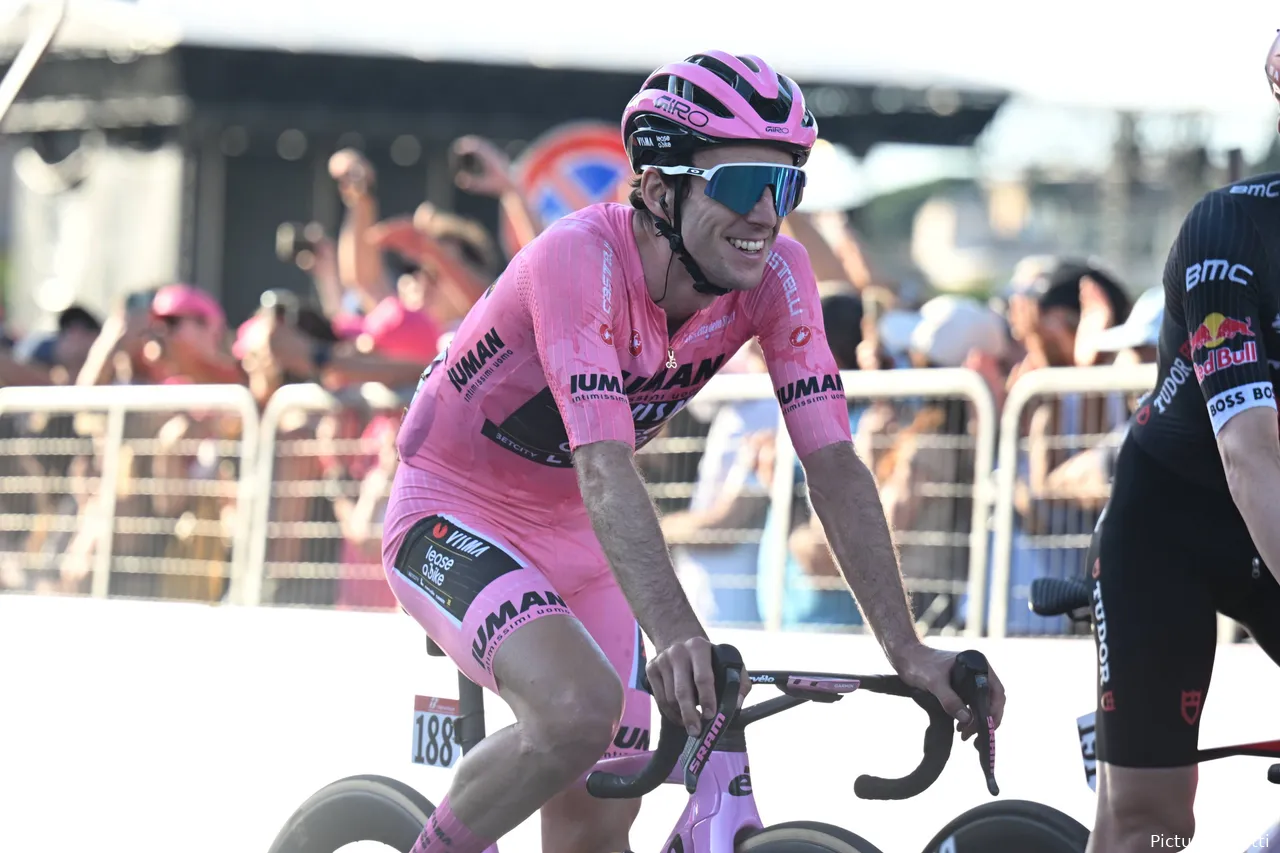
Simon Yates poetically won the 2025 Giro d'Italia
Compare that to UAE Team Emirates - XRG, who arrive with
arguably the strongest Tour team in the post-Sky era. Pogacar is supported by
Joao Almeida, Adam Yates, Marc Soler, Pavel Sivakov, Tim Wellens, Nils Politt,
Jhonatan Narváez, and Domen Novak. The group is incredibly deep and Almeida in
particular looks in searing form after a powerful ride at the Tour de Suisse.
In 2023, Pogacar suffered from isolation in the high
mountains. In 2024, the script flipped, Vingegaard was the one without support.
In 2025, both bring reinforcements.
Read also
It also sets up a fascinating personal duel: Simon Yates
riding in service of Vingegaard, while his twin brother Adam is one of
Pogacar’s mountain lieutenants. If either Yates finds themselves off-duty or in
a breakaway, we could be in for the same civil war we saw on stage 1 of the
2023 Tour.
Then there’s the third giant: Remco Evenepoel. The Soudal –
Quick-Step leader enters the Tour with the weakest of the three teams.
Crucially, Mikel Landa, his most experienced mountain domestique, is out after
crashing badly on Stage 1 of the Giro. Evenepoel will rely on riders with far
less climbing pedigree to get through the Alps and Pyrenees, and in the recent
he was far too often left isolated. On talent, he can hang with Pogacar and
Vingegaard at times. On support, he is on his own.
Read also
That said, there’s no guarantee UAE’s depth will be the
deciding factor. It still comes down to how Vingegaard recovers, and whether
his teammates’ Giro legs hold up. As Dumoulin cautions, “It sounds crazy, but
sometimes that’s better. You only have to maintain your condition from the Tour
a little bit. I myself have always ridden terribly well two weeks after the
Tour.
“When I went to the Benelux Tour, I really took my Tour legs
with me and I was super good. But four to five weeks after the Tour is just a
shitty period. And that is exactly the bridge between the Giro and the Tour.
Five weeks is just too long to continue good form – which you can maintain for
two months – but just too short to really reset after the Giro. That makes it
so difficult.”
claps 27visitors 9
Just in
Popular news
Latest comments
- "1-will he also win Milano-Sanremo seven times and 2-Liège–Bastogne–Liège five times" With the actual peloton: 1- NO, maybe not even once. 2- Yes, even 6-7-8... assuming he doesn't get bored racing L-B-L. Anyway, that comparison makes no sense. Your father and Tadej are fabulous, each in their own way.
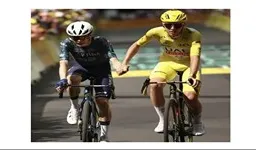 maria2024202413-08-2025
maria2024202413-08-2025 - “We secretly hoped that she wouldn’t be successful,”Staal13-08-2025
- After reading the article, I think the heading is a bit misleading.Ride197413-08-2025
- Well written but way off the mark, they are professional riders paid to win. If you feel you cannot push yourself or make the marginal gains required you are in the wrong sport. I have watched and raced since the 80's where riders were overweight and had to rely on the drug culture to finish or win races. Simples power to weight ratio is vital and it wins races.paultryan200213-08-2025
- There is no doubt Eddy would have problems winning in today's peloton, he would get dropped.awp13-08-2025
- While the jury is still out concerning modern ped use, I know that Merckx was using anything he could back in those days. You can't compare modern cycling to the 1960's and 1970's. Merckx had 525 victories but if he rode today it's doubtful he would have much more that fifty and those would be in the classics, not so many in grand tours, he would have won a few but he wouldn't be nearly as dominate today. This is not a popular idea but it's the truth.awp13-08-2025
- Tadej will retire in five years, if Merckx rode today it's doubtful he would have fifty wins.awp13-08-2025
- Having an eating disorder where an already slim girl or guy steadily loses weight involves extremely ordered eating, watching every little piece of food that is eaten. (Seems to be some confusion between an eating disorder and disordered, chaotic eating.)Hill3313-08-2025
- hope he makes it back, such a great guy.mij13-08-2025
- How many CX Worlds did Eddy win? Same for Tadej..... There's more to pro cycling than just the road. MvdP has won Worlds in 3 disciplines, and hopes for more in XCC and XCO.....which could be five.wipperman9513-08-2025
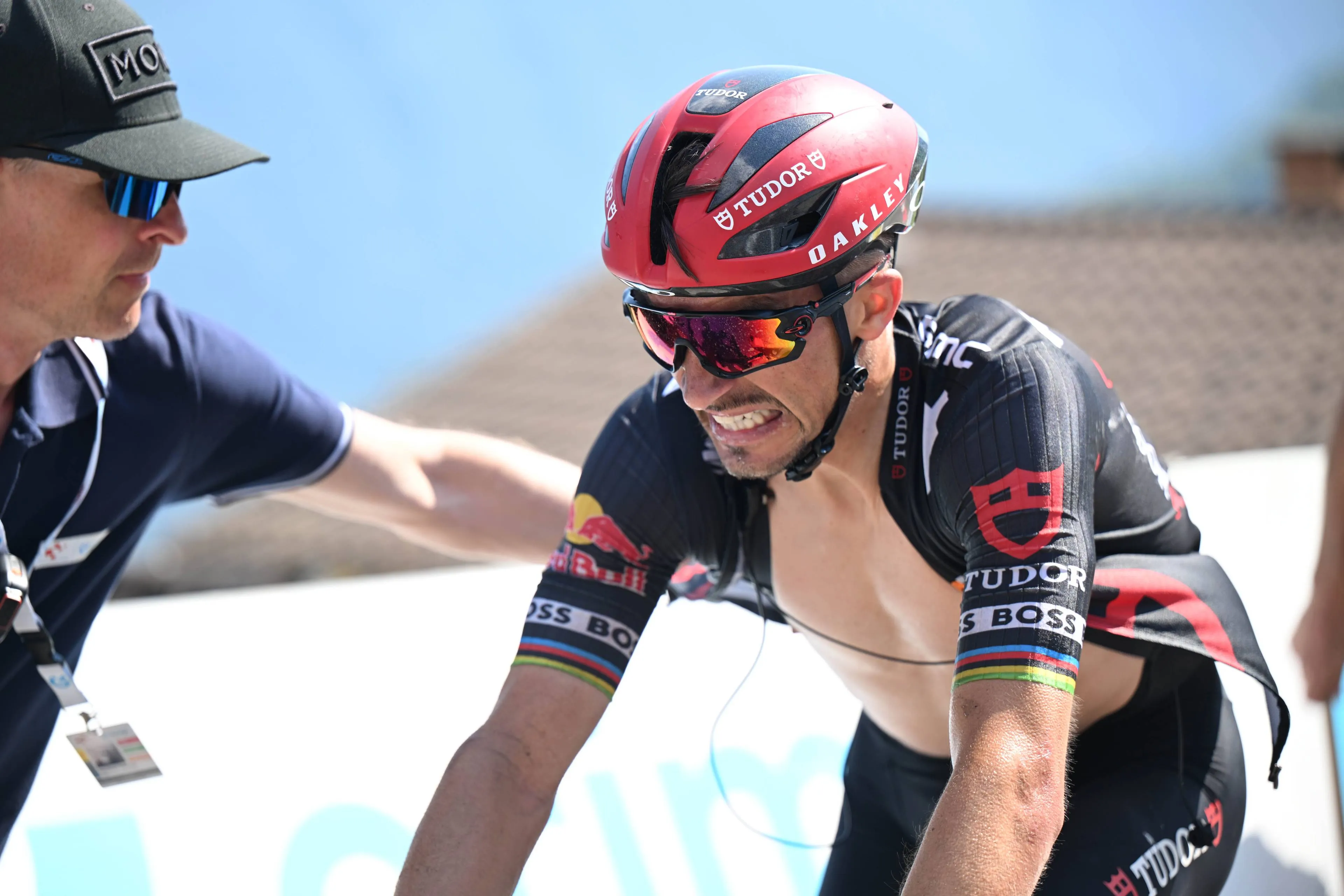
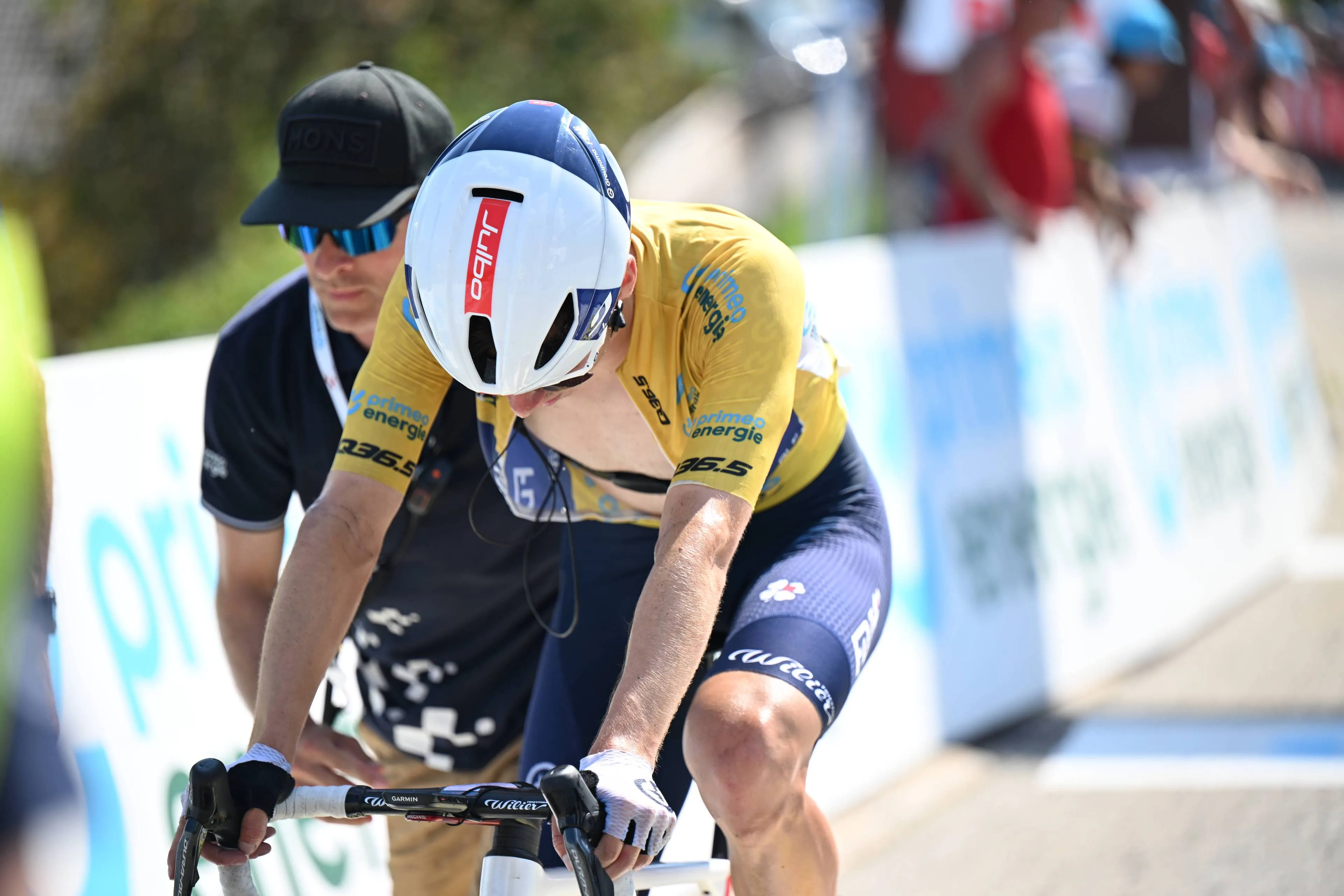
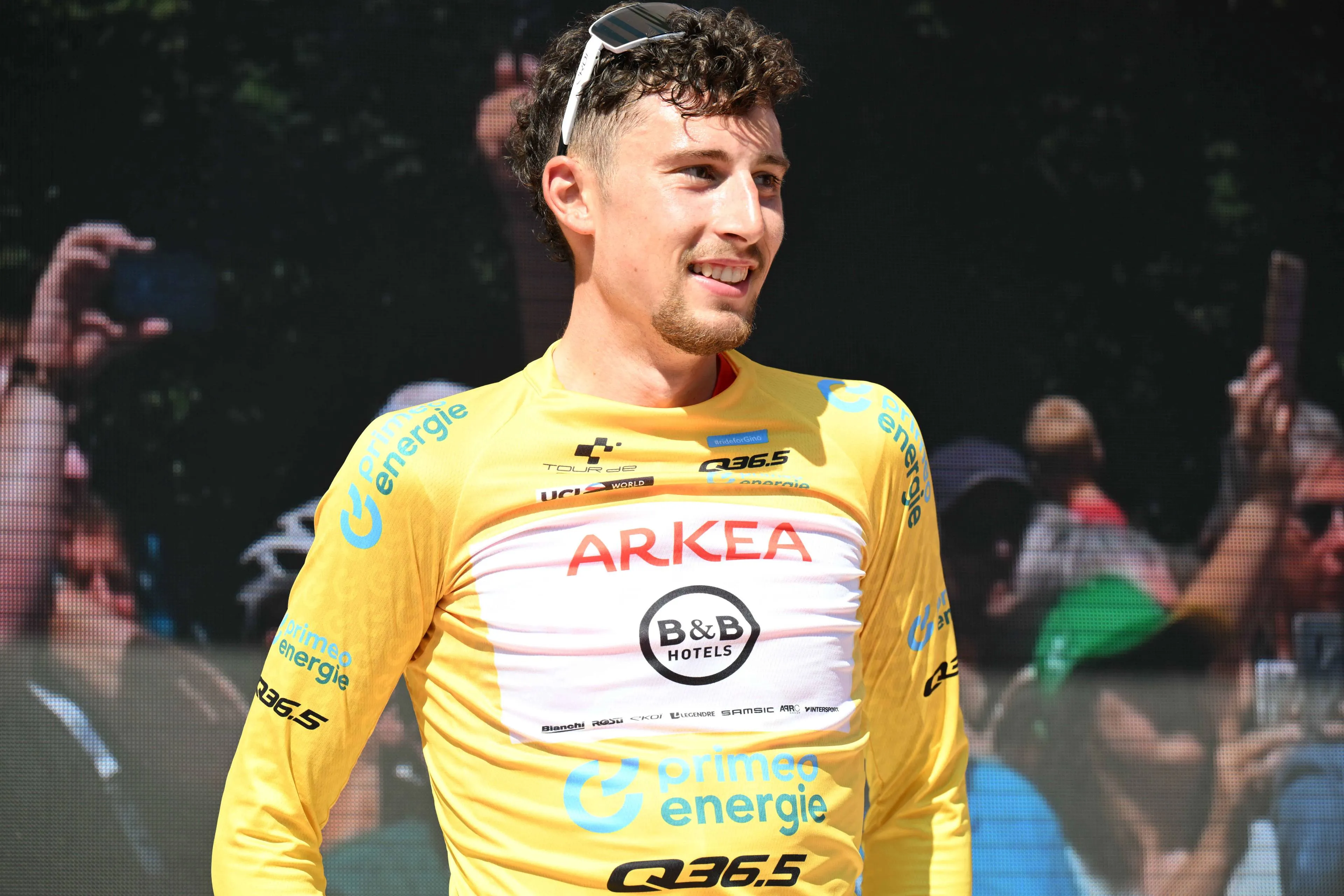
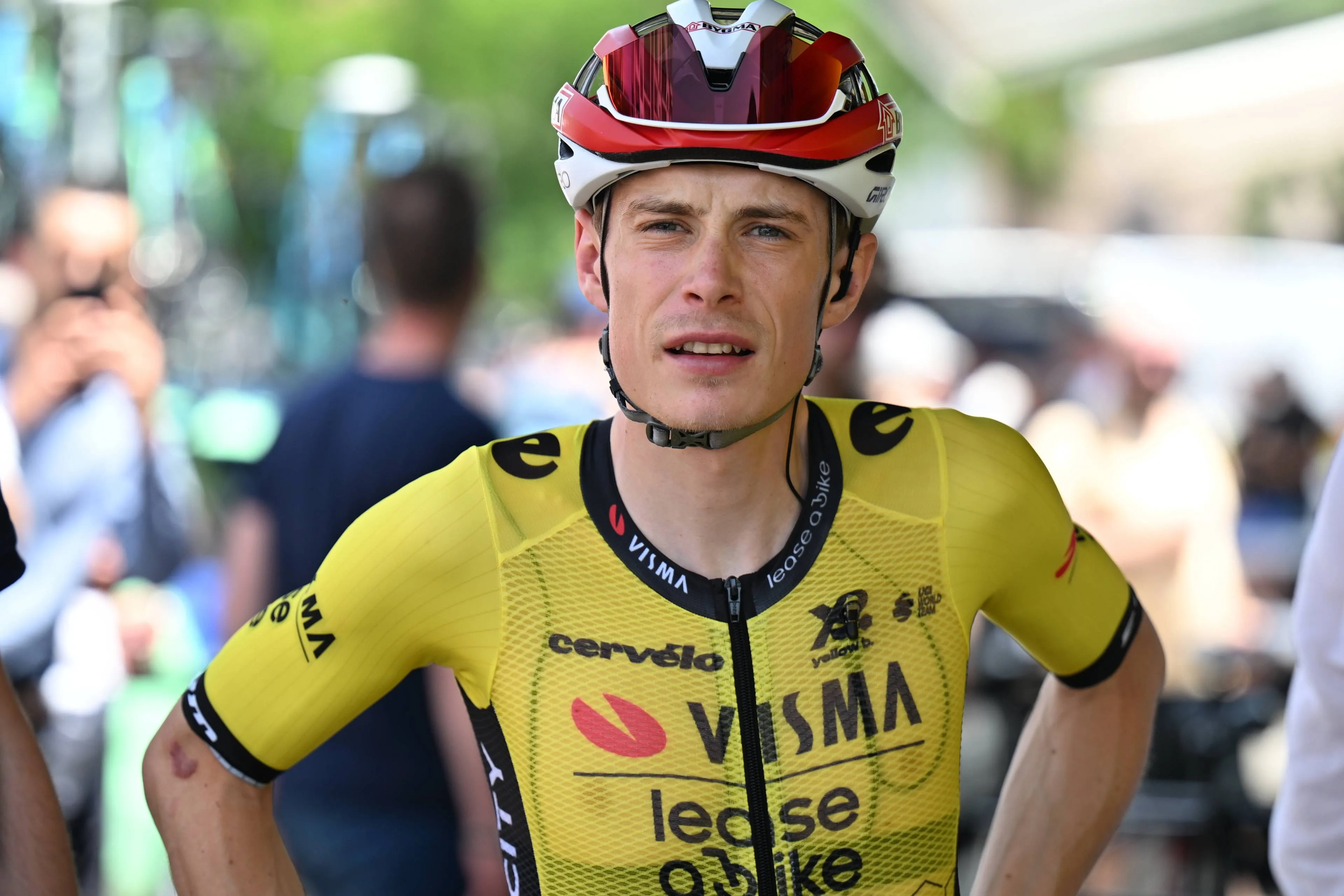
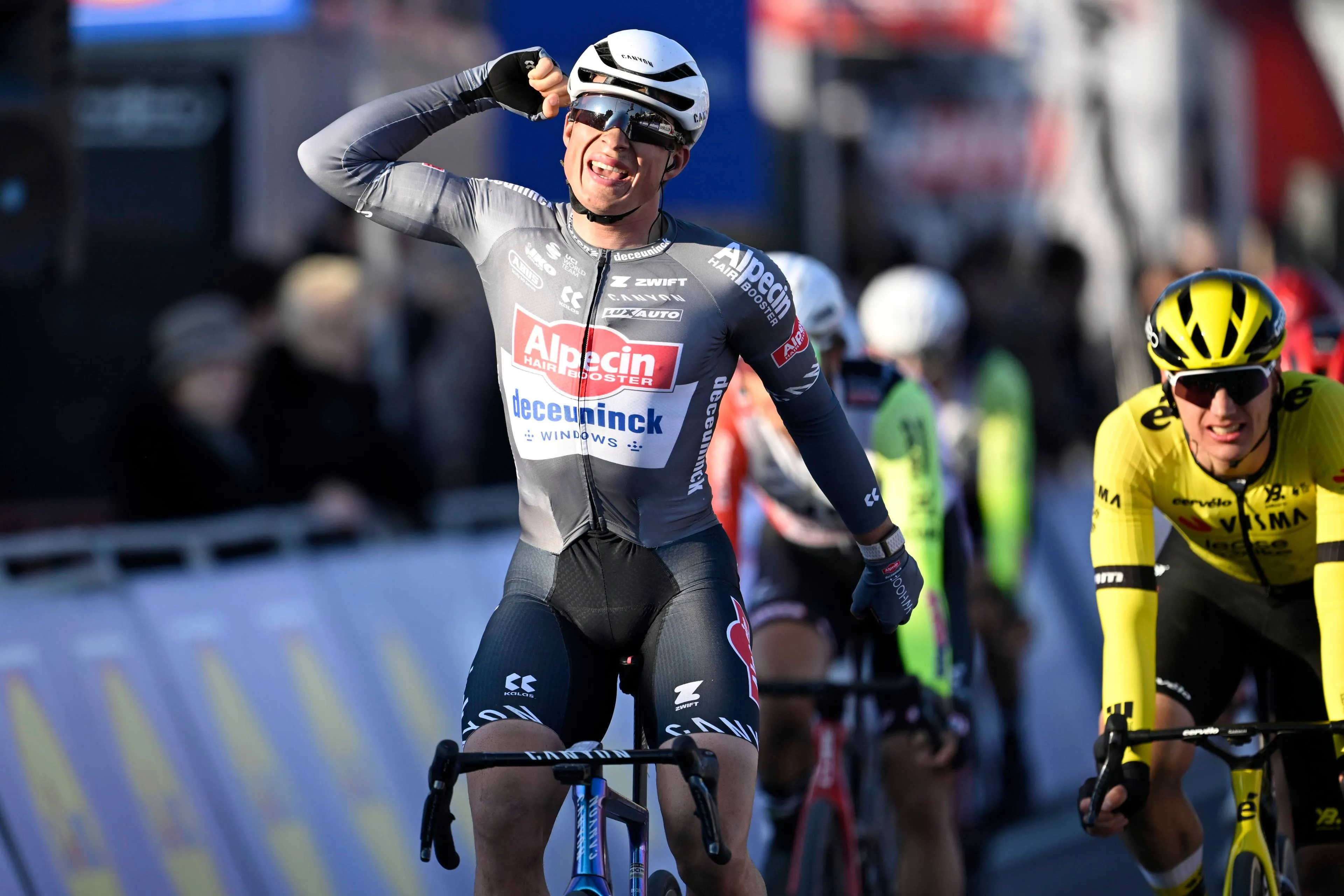
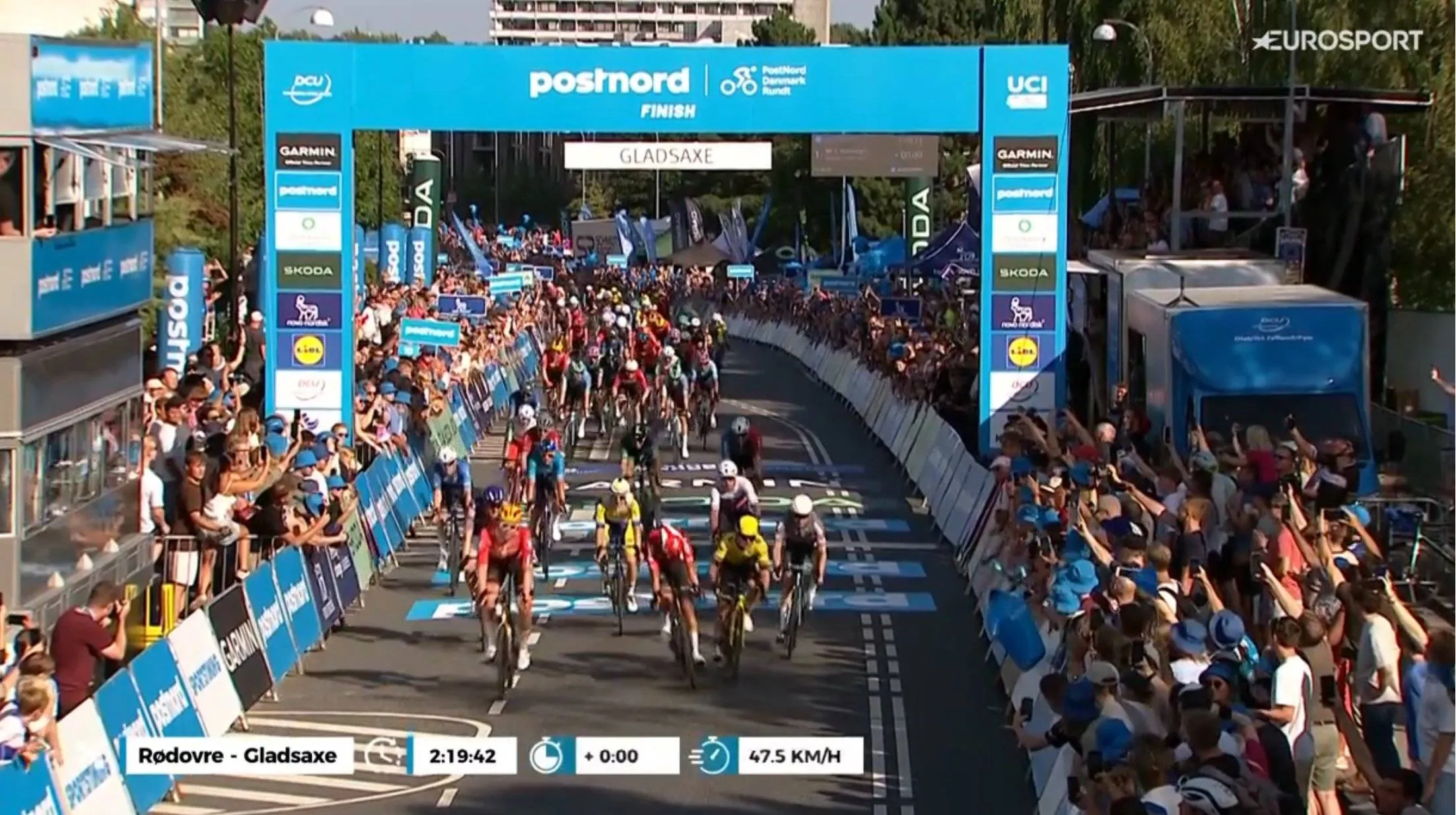
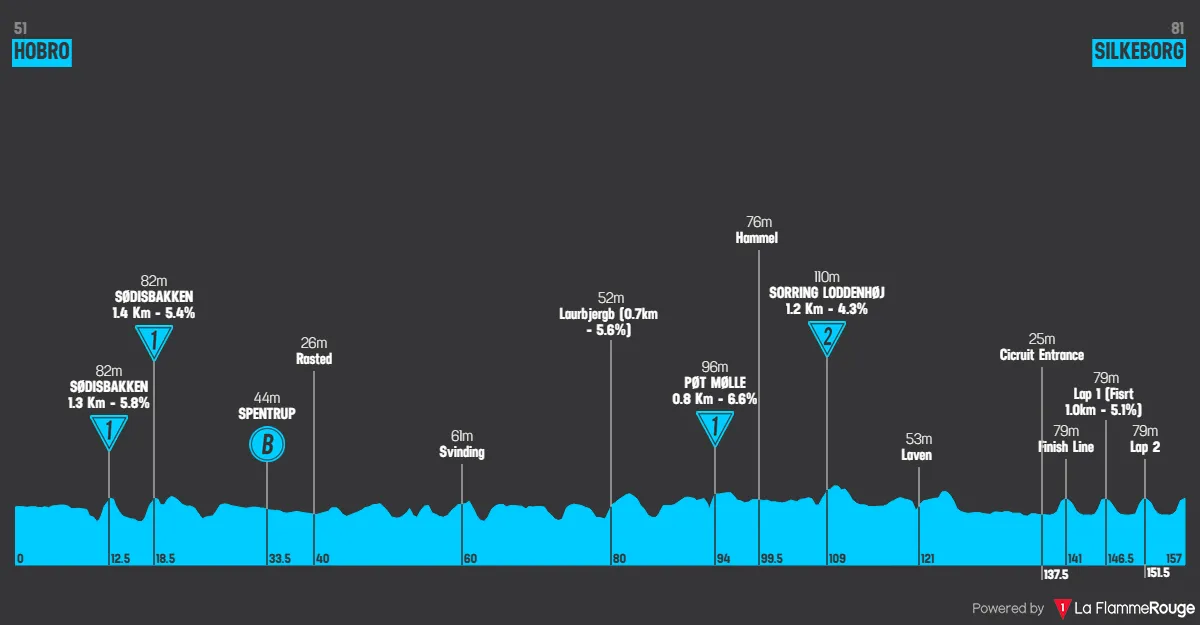
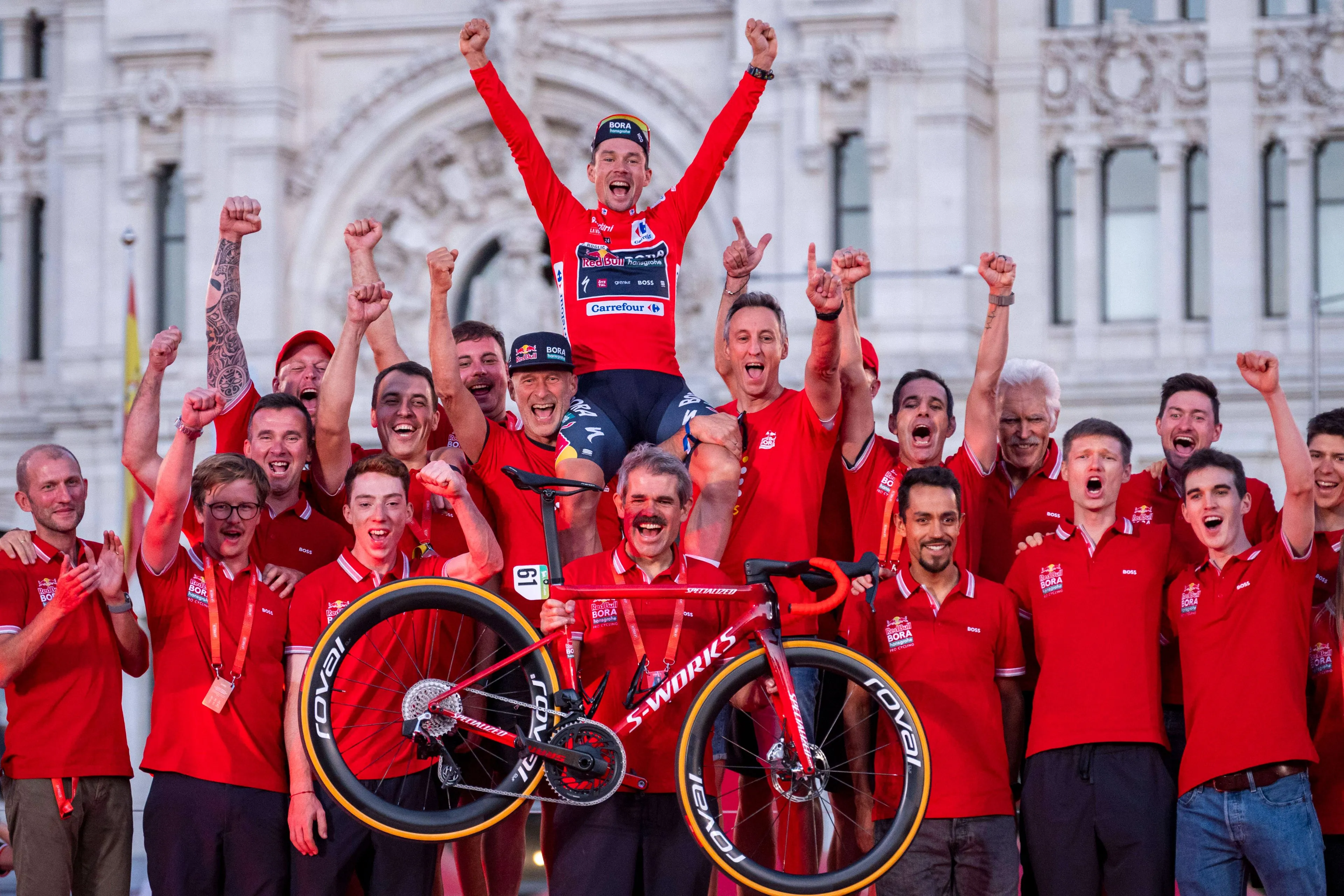
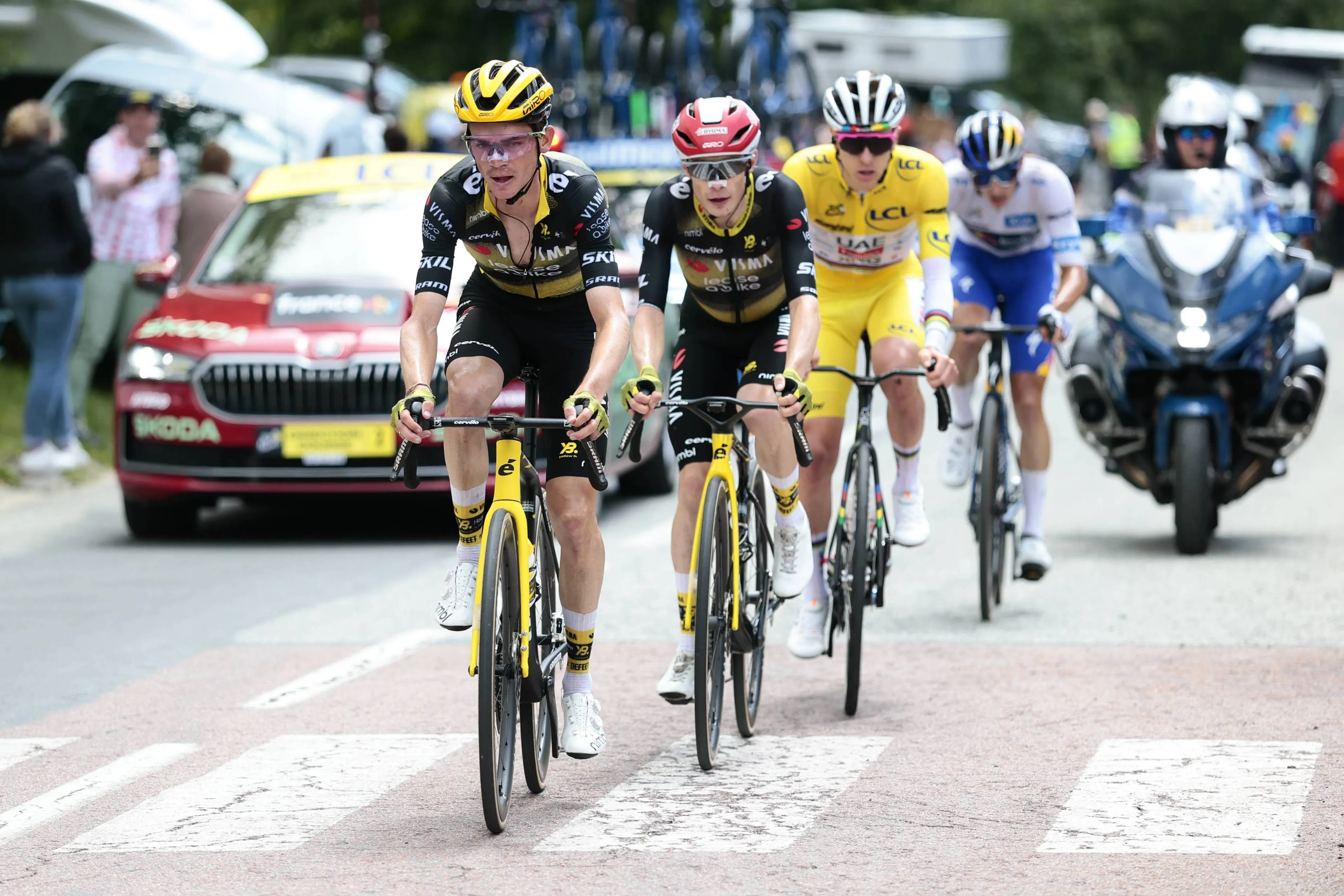
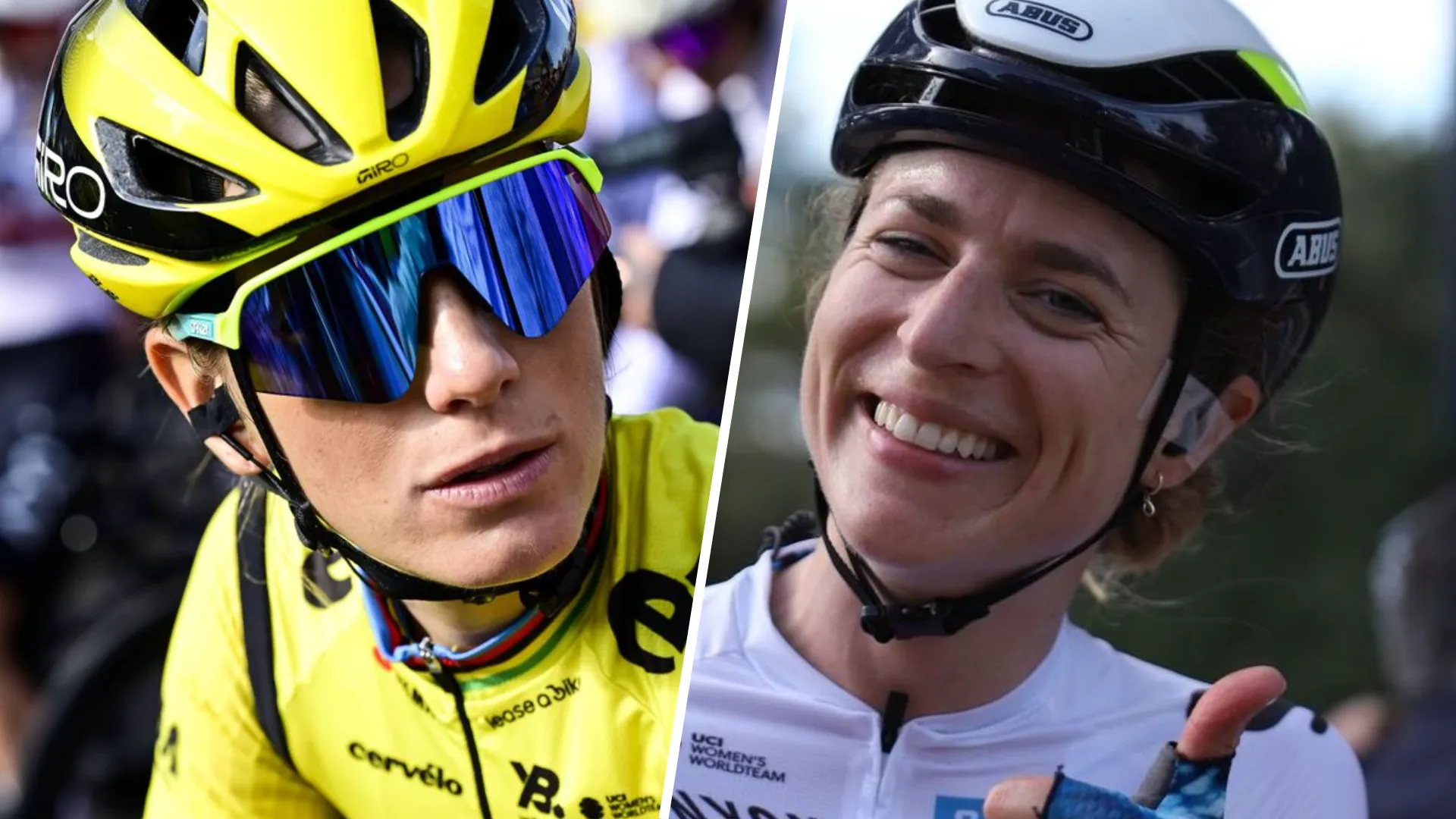
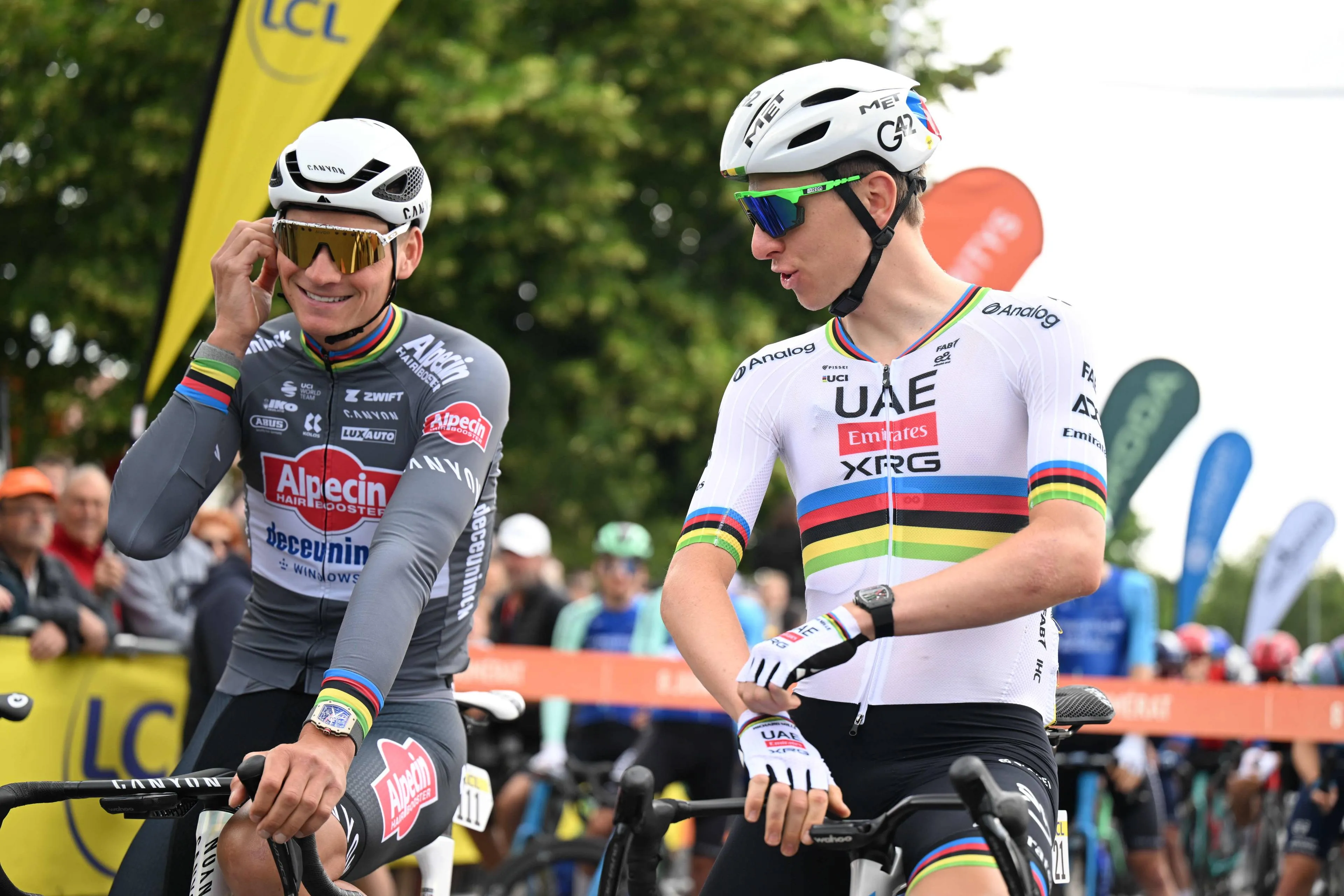
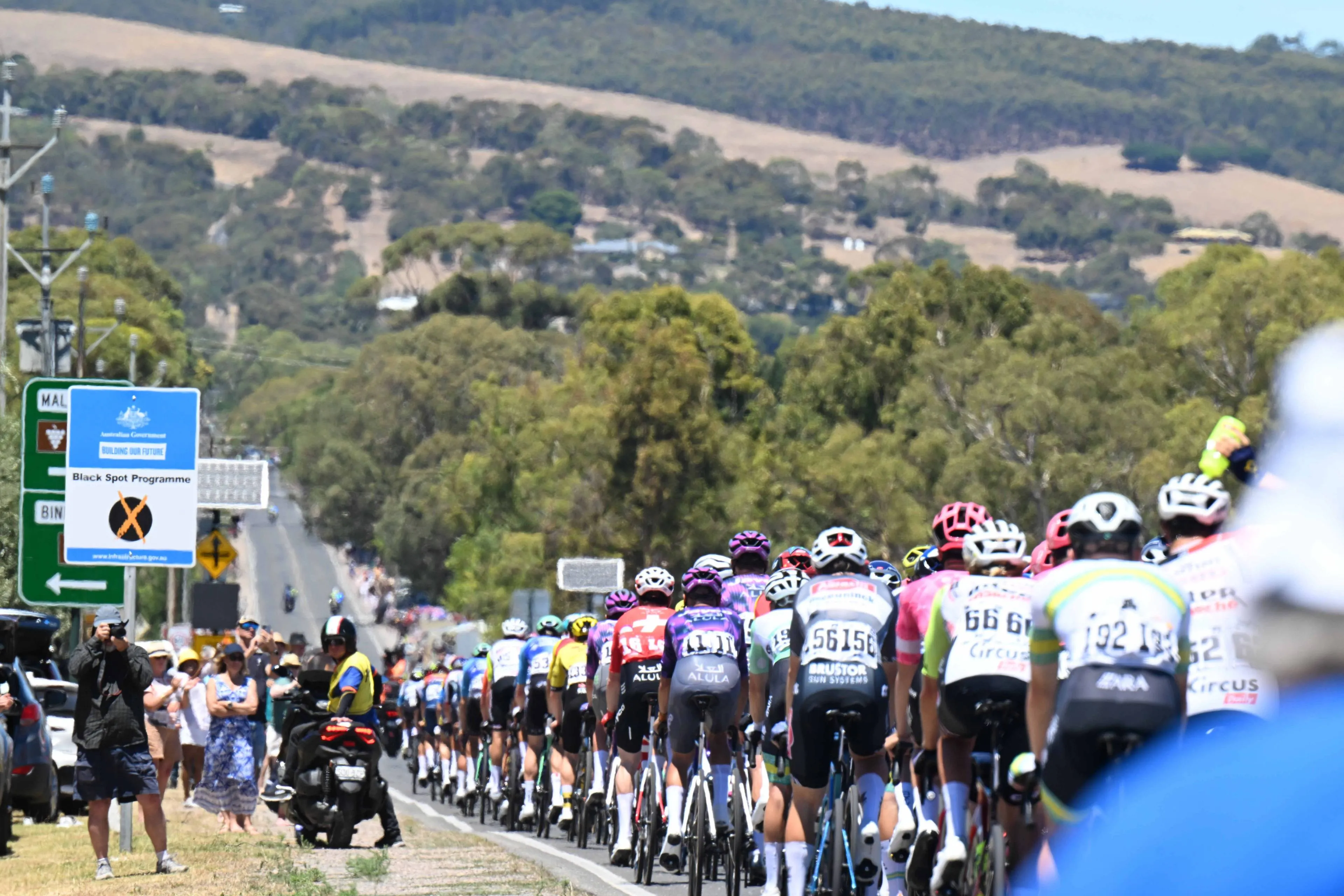
It would have been also interesting to find out Dumoulin's opinion in this regard about Pog doing Giro and the Tour last year, especially considering that, powerwise, Pog's best results came during the last third of the Tour.
The understanding and management of recovery and performance physiology has advanced - even since Dumoulin.